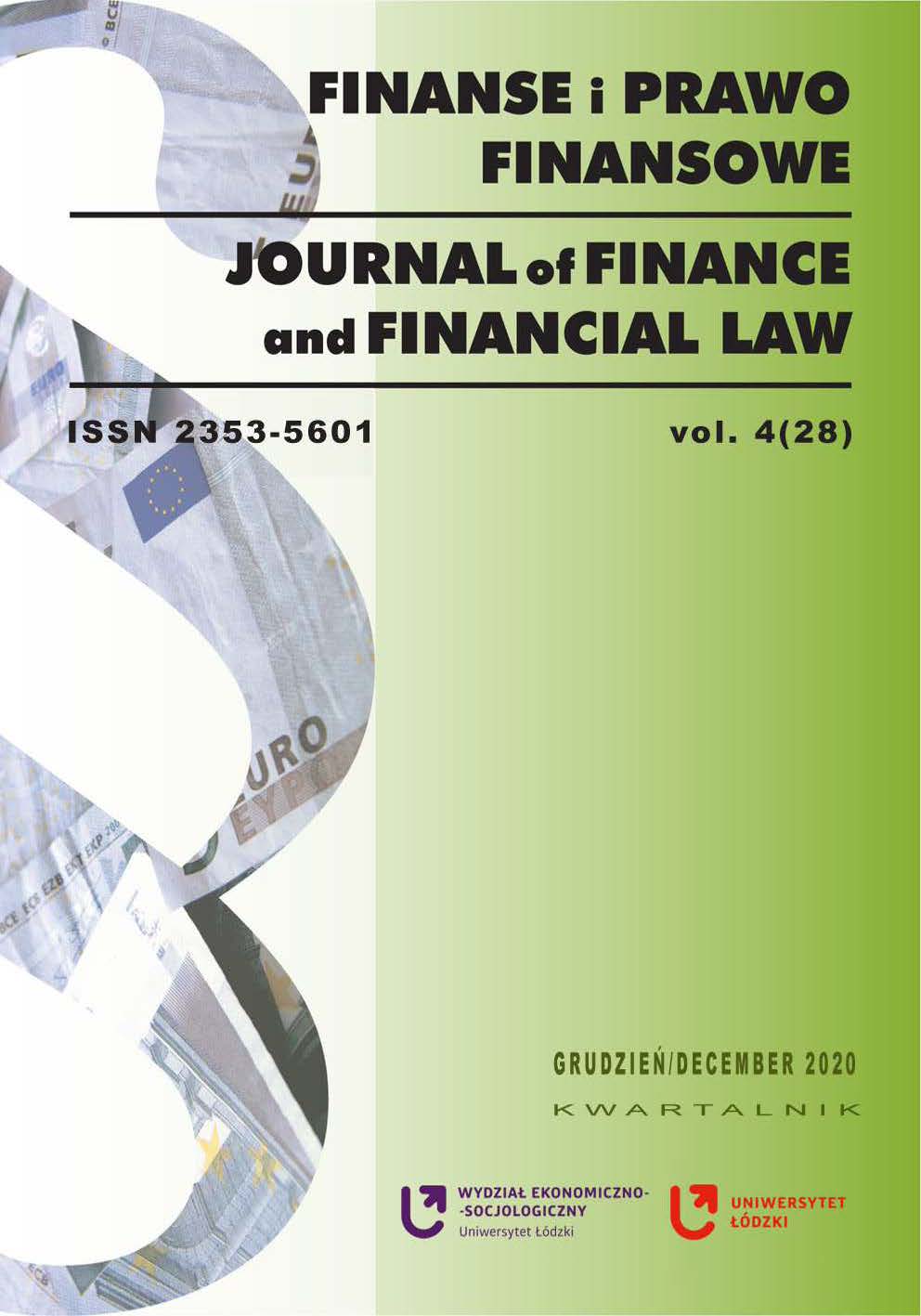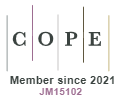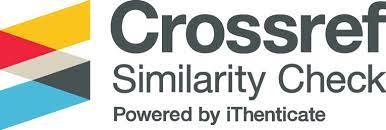The Effectiveness of the Transaction Systems on the Dax Index
DOI:
https://doi.org/10.18778/2391-6478.4.28.09Słowa kluczowe:
technical analysis, trading systems, DAX index, stock exchange, investment strategiesAbstrakt
The purpose of the article/hypothesis: The aim of this article is to examine the effectiveness of trading systems built on the basis of technical analysis tools in 2015–2020 on the DAX stock exchange index. Efficiency is understood as generating positive rates of return, taking into account the risk incurred by the investor, as well as achieving better results than passive strategies. Presenting empirical evidence implying the value of technical analysis is a difficult task not only because of a huge number of instruments used on a daily basis, but also due to their almost unlimited possibility to modify parameters and often subjective evaluation.
Methodology: The effectiveness of technical analysis tools was tested using selected investment strategies based on oscillators and indicators following the trend. All transactions were carried out on the Meta Trader 4 platform. The analyzed strategies were comprehensively assessed using the portfolio management quality measures, such as the Sharpe measure or the MAR ratio (Managed Account Ratio).
Results of the research: The test results confirmed that the application of described investment strategies contributes to the achievement of effective results and, above all, protects the portfolio against a significant loss in the period of strong turmoil on the stock exchange. During the research period, only two strategies (Ichimoku and ETF- Exchange traded fund) would produce negative returns at the worst possible end of the investment. At the best moment, however, the „passive” investment achieved the lowest result. Looking at the final balance at the end of 2019, as many as four systems based on technical analysis were more effective than the „buy and hold” strategy, and at the end of the first quarter of 2020 – all of them. When analyzing the management quality measures, it turned out that taking into account the 21 quarters, the passive strategy had the lowest MAR index. The Sharpe’s measure is also relatively weak compared to the four leading strategies.
Pobrania
Bibliografia
Bąk B., 2015, Skuteczność techniki Ichimoku na przykładzie kontraktów terminowych na indeks WIG20, Uniwersytet Marii Curie-Skłodowskiej, Wydział Ekonomiczny, Lublin.
Google Scholar
Borowski K., 2001, Technika Ichimoku (renesans japońskiej techniki inwestowania), „Studia i Prace Kolegium Zarządzania i Finansów”, z. 19.
Google Scholar
Borowski K., 2017, Analiza techniczna. Średnie ruchome wskaźniki i oscylatory, Difin, Warsaw.
Google Scholar
Borowski K., 2018, Metody inwestowania na rynkach finansowych, Difin, Warsaw.
Google Scholar
Borowski K., 2019, Efficiency and stability of trading systems based on plain, exponentially and linearly weighted moving averages, „Annales Universitatis Mariae Curie-Skłodowska. Section H–Oeconomia”, vol. 53, no. 4.
Google Scholar
DOI: https://doi.org/10.17951/h.2019.53.4.21-41
Czekała M., 1997, Analiza fundamentalna i techniczna, Wydawnictwo Akademii Ekonomicznej im. Oskara Langego, Wrocław.
Google Scholar
Elder A., 2018, Zawód Inwestor Giełdowy. Nowe ujęcie, XTB, Poznań.
Google Scholar
Elliott N., 2007, Ichimoku Charts. An introduction to Ichimoku Kinko Clouds, Harriman House.
Google Scholar
Etzkorn M., 1999, Oscylatory, WIG Press, Warsaw.
Google Scholar
Frierdich M., 2013, Hedge Funds. Die Konigsklasse der Investments, FBV, Monachium.
Google Scholar
Jabłoński B., 2006, Innowacyjna strategia ograniczająca ryzyko walutowe, Uniwersytet Ekonomiczny w Katowicach, Katowice.
Google Scholar
Jajuga K., 2015, Inwestycje, Wydawnictwo Naukowe PWN, Warsaw.
Google Scholar
Kochan K., 2009, Forex w praktyce, Helion, Gliwice.
Google Scholar
LeBeau C., Lucas D., 1998, Komputerowa analiza rynków terminowych, WIG PRESS, Warsaw.
Google Scholar
Murphy J., 1995, Analiza techniczna, WIG PRESS, Warsaw.
Google Scholar
Murphy J., 2017, Analiza techniczna rynków finansowych, Admiral Markets, Poznań.
Google Scholar
Nowakowski J., 2003, Normalizacja wskaźników analizy technicznej, „Studia i Prace Kolegium Zarządzania i Finansów”, z. 29.
Google Scholar
Ormaniec T., 2019, Możliwość osiągania ponadprzeciętnych stóp zwrotu na podstawie informacji o sprzedaży oraz umorzeniach jednostek uczestnictwa w otwartych funduszach inwestycyjnych, „Studia i Prace Kolegium Zarządzania i Finansów. Zeszyt Naukowy”, nr 173.
Google Scholar
DOI: https://doi.org/10.33119/SIP.2019.173.2
Oziemczuk K., 2011, Ichimoku. Japońska strategia inwestycyjna, Bullet Books, Warsaw.
Google Scholar
Pająk A., 2013, Dochodowość inwestycji w kontrakty terminowe na akcje w Polsce, Wydawnictwo Adam Marszałek, Toruń.
Google Scholar
Rockefeller B., 2012, Analiza techniczna dla bystrzaków, Wydawnictwo Septem.
Google Scholar
Słupek T., 2001, Analiza techniczna. Wprowadzenie, Dom Wydawniczy ABC, Cracow.
Google Scholar
Cennik Biura Maklerskiego ING Banku Śląskiego, www.ing.pl/indywidualni/inwestycje-i-oszczednosci/inwestycje-gieldowe/etf [accessed 27.04.2020].
Google Scholar
[www1] www.3sigma.com/whats-so-special-about-3-sigma [accessed 03.03.2020].
Google Scholar
[www2] www.admiralmarkets.pl/education/articles/forex-indicators/parabolic-sar-forex [accessed 28.02.2020].
Google Scholar
[www3] www.admiralmarkets.pl/education/articles/forex-indicators/wskaznik-cci [accessed 24.04.2020]
Google Scholar
[www4] www.blogi.bossa.pl/2008/05/30/miary-oplacalnosci-i-ryzyka-transakcji/ [accessed 24.04.2020].
Google Scholar
[www5] www.blogi.bossa.pl/2011/04/22/subiektywizm-analizy-technicznej/ [accessed 02.02.2020].
Google Scholar
[www6] www.comparic.pl/category/analizy/indeksy/dax/ [accessed 10.04.2020].
Google Scholar
[www7] www.comparic.pl/parabolic-sar-przewodnik-od-tradeciety/ [accessed 30.03.2020].
Google Scholar
[www8] www.comparic.pl/tradeciety-wstega-bollingera-najlepszy-wskaznik-wielu-powodow/ [accessed 2.04.2020].
Google Scholar
[www9] www.fxmag.pl/artykul/obsuniecie-kapitalu-jak-interpretowac-drawdown [accessed 24.04.2020].
Google Scholar
[www10] www.ing.pl/ individual/investment-and-savings/investment-gieldowe/etf [accessed 27.04.2020].
Google Scholar
[www11] www.justetf.com/en/how-to/dax-etfs.html [accessed 27.04.2020].
Google Scholar
[www12] www.parkiet.com/artykul/1432239.html [accessed 27.03.2020].
Google Scholar
[www13] www.parkiet.com/artykul/1433930.html [accessed 15.04.2020].
Google Scholar
[www14] www.sii.org.pl/static/img/004366/Podstawy_analizy_Ichimoku.pdf [accessed 15.03.2020].
Google Scholar
[www15] www.thebalance.com/how-to-day-with-trade-keltner-channels-4051613 [accessed 20.03.2020].
Google Scholar
[www16] www.tms.pl/wskazniki-trendu [accessed 27.02.2020].
Google Scholar
[www17] www.tradersarea.pl/kanal-donchiana/[accessed 28.03.2020].
Google Scholar
Pobrania
Opublikowane
Jak cytować
Numer
Dział
Licencja

Utwór dostępny jest na licencji Creative Commons Uznanie autorstwa – Użycie niekomercyjne – Bez utworów zależnych 4.0 Międzynarodowe.














